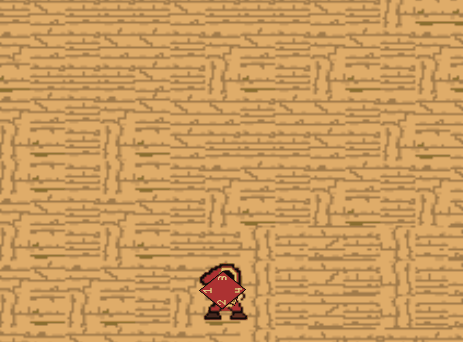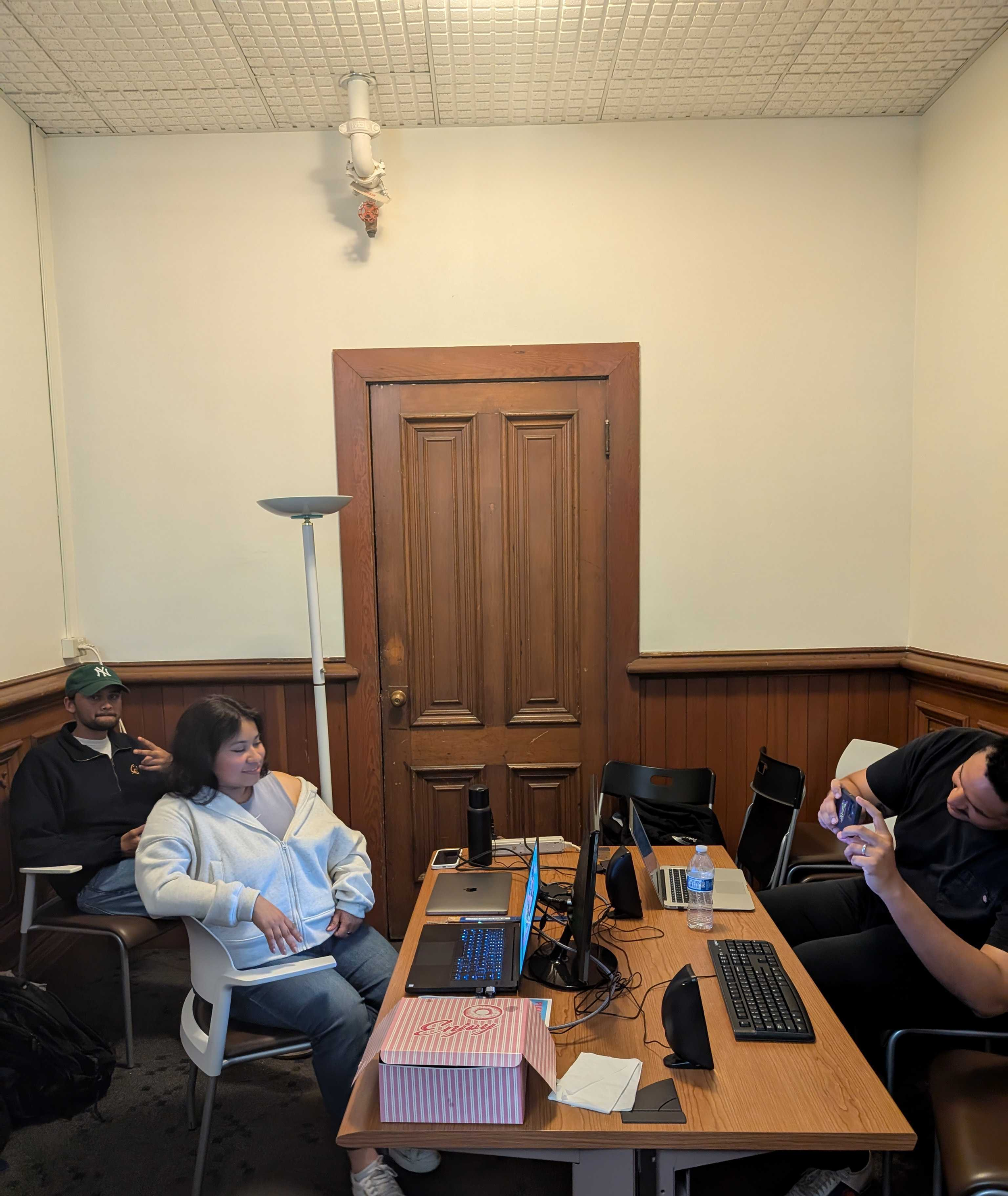
Breakdown:
Project Story:
With a summer to spare I asked myself what it may look like to try and build an entire game from scratch! In doing so I went through an entire game dev cycle. I told myself that the project would not be finished until live playtests and a round of iteration was done!
While I ran out of time to learn do basic music composition I ended up doing the art, sound effects, game design, and implementation for Iconocast!. I ended off the project doing both multiplayer and single-player playtests that drove insights for future iterations.
Gameplay System Design:
“Creating a learning curve”
When looking for ways to drive mastery, input stuck out to me as something deeply engaging and interesting. I designed Iconocast! to be easily playable too anyone with twin-stick shooter experience, but mastery required practice with fighting game style motion inputs.
Gameplay Programming:
“Implementing a growing game”
Once the core gameplay idea was set it was important to create a robust input system. Contrary to fighting games, I didn’t mind how fast players input their motion inputs so I implemented a system that took advantage of negative edge. With this input system the reader takes in input when the player releases a button rather then presses it. This implementation served the gameplay premise as well as creating a clear cut input system that was less error prone.
Social Design:
Power of Playtests:
“Your game is for the players”
The first external play test session for Iconocast! was conducted to test out the gameplay experience with it’s target audience. Gathering together 6 experience players was extremely insightful for the game.
Controller Optimizations
The second round of user insight was much more rigorous. With the help of some friends these playtests took on more of a “lab-setting”, with players trying out Iconocasts! single player mode and giving structured thoughts through a post-gameplay survey and post-gameplay semi-structured interview.
Me and a friend made a bite sized documentary to capture a bit about myself and the creation of Iconocast!
The big idea for Iconocast!’s gameplay was to create a gameplay experience that had a level of mastery too it. Inspired by arcade games, I wanted to create a system that easily allowed for players to see improvement from their first couple minutes of play to the end of their first play session.
Finding:
While experience players recognized the gameplay experience of controls that have a learning curve they commented on some controls that felt physically awkward when trying out different techniques.
Solution:
Moving actions around the controller such that important buttons are split amongst the left and right side of the controller.
Pairing the desired gameplay feel with a proper aesthetic is where the game found it’s stride and the arcade roots really rang true. Players would master their controllers just as wizards master their spellbooks!
The key aspect of engineering Iconocast! was that the design and implementation were going on in parallel. As I thought of new design ideas I was quickly able to prototype them. This freedom let me test ideas quickly as well as get a lot of experience with the Godot game engine.
In a game design process code architecture is very important if one wants to quickly iterate and prototype their gameplay ideas. My code structure was implemented around being to expand upon the playable characters as well as the possible spells that were available to players.
With my architecture thinking of new character traits or spell ideas and bringing them to gameplay was seamless. I created a bridge between design and engineering. Areas of the codebase were highly templated allowing for gameplay descriptions of features to easily be seen in the game.
Iconocast! was always meant to be played physically with friends. Inspired by classic “hot seat” gameplay from the best local play games such as Super Smash Brothers Melee or Goldeneye 007. In order to help facilitate this I created physical assets around the game itself to better serve this idea.
Ideas like this would serve as future inspiration for more of my physical co-located based game ideas, and it was a real hit in playtesting.
Game Feel & Session Length
Finding:
Players felt that individual matches were taking too long. Players were dodging many spells with ease and stalemates were occurring.
Solution:
Make individual round wins more impactful.
Put things in / around the arena to push alternative actions between the players.
From this playtests session some important findings were:
Balance
Finding:
Some spells felt underwhelming to use and did not find much usage in matches. In particular this was of worry between the different characters unique spells as it caused imbalance.
Solution:
Buff certain spells to be more in line with the others. For any buffs keep the moves identity (e.g. for the landmine move place 2 landmines instead of 1).
This research iteration had a full presentation to go alongside it. Click the image to see the full presentation!
Creating Iconocast! was a successful endeavor in exploring what an end to end game cycle may look like. Resulting in a published game via itch.io means I am able to continue seeing players play my game, resulting in future improvments and iterations.
If you give it a try I hope you enjoy!








